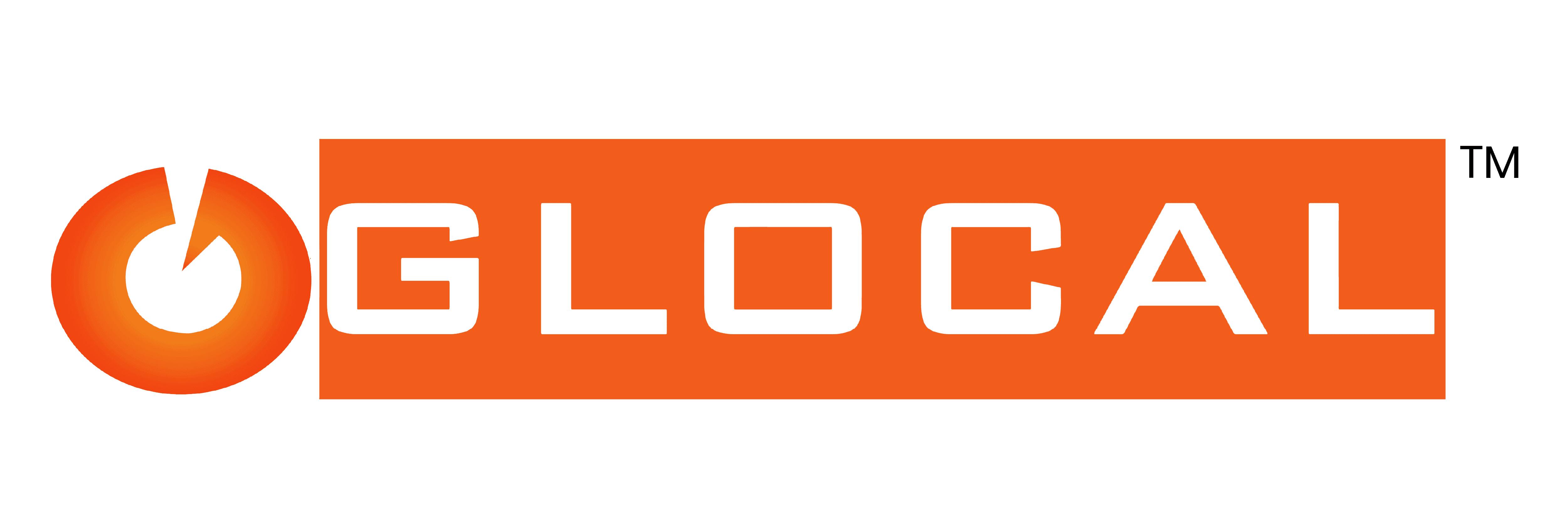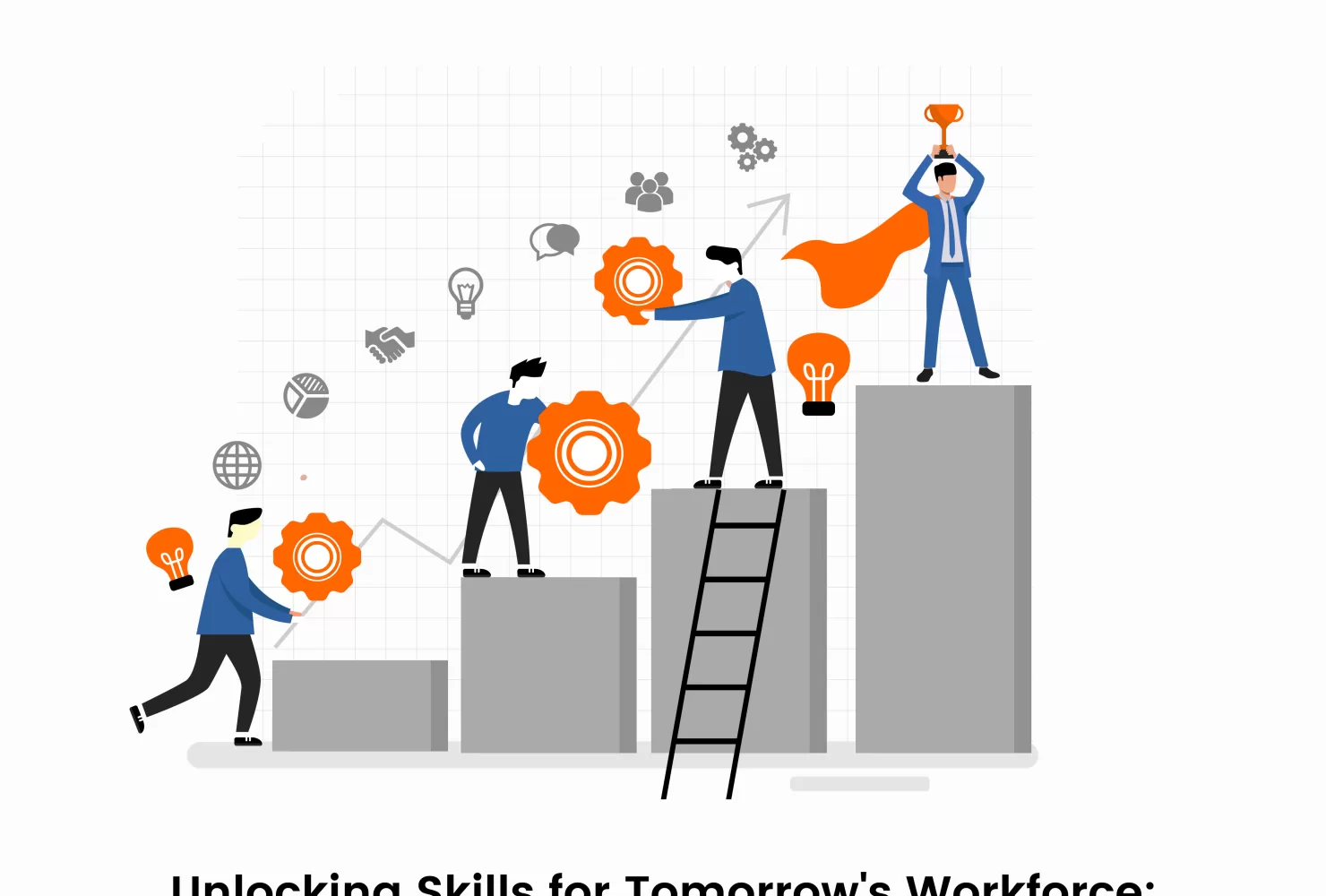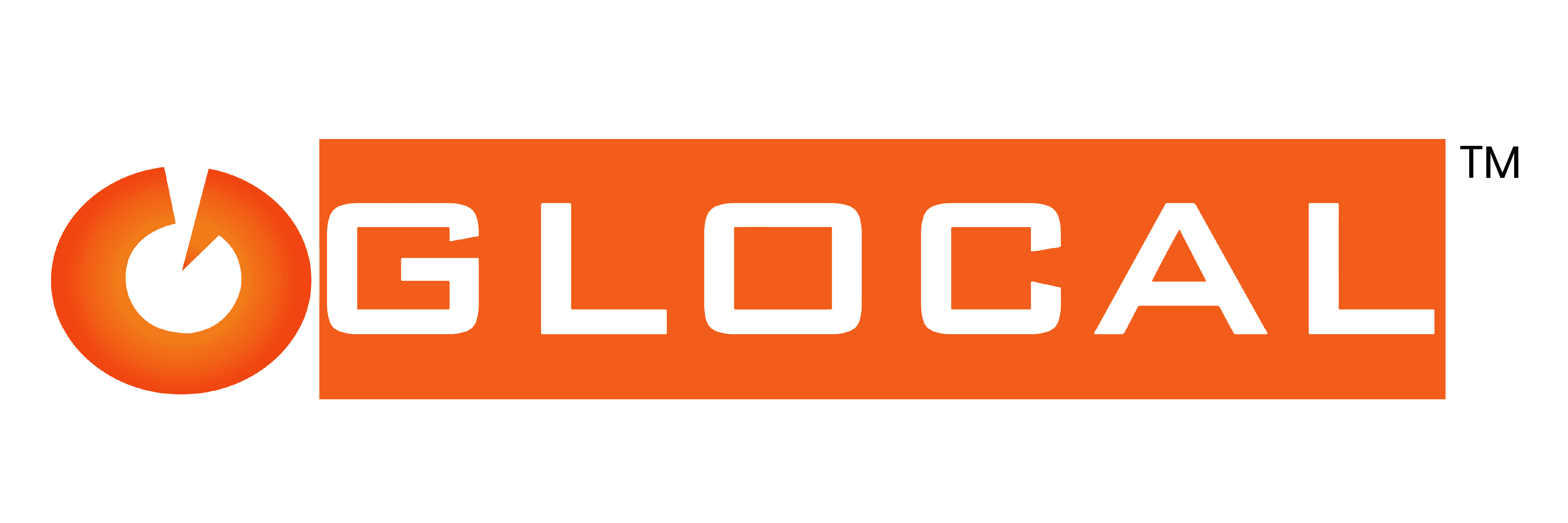You may have noticed that the terms “Upskilling” and “Reskilling” are being used more frequently. These self-explanatory buzzwords have become increasingly popular in 2021, but what exactly does it mean to “upskill” or “reskill”, and why is it truly necessary? Is a need for Upskilling & Reskilling a global issue now?
Are you looking for ways to advance your career and lead your team into the future workplace? It is the time to brush up on your upskilling and reskilling knowledge.
Our workplaces are changing at a faster rate than ever before, and key skills learned in an academic are quickly becoming obsolete. A growing number of employers are no longer asking for academic or college degrees. The world today is changing at an incredible speed. Learning has become necessary to stay competitive in the job market, regardless of whether the change is caused by technology or societal shifts. Upskilling & Reskilling are more than the latest learning and development buzzwords. They are now vital for business success.
According to recent employee upskilling and reskilling statistics, more than 70% of our users say that they are looking to reskill or upskill in 2021. This strong desire for professional development is obvious at all levels of employment. Younger employees are more likely to prioritize upskilling over reskilling. Meanwhile, older generations are more likely to re-skill in order to keep their skills from becoming obsolete.
Defining Reskilling & Upskilling
According to the Cambridge dictionary; Upskilling is the process of learning new skills or of teaching workers new skills. Reskilling is the process of learning new skills so you can do a different job, or of training people to do a different job.
Upskilling is the way of refining or upgrading your knowledge and skills in your current field, whereas reskilling is the process of learning new skills in order to perform a different function. Upskilling is the process of improving or becoming better at what you do. Reskilling allows you to be more flexible and transition to different job roles.
Benefits of Upskilling and Reskilling
It is mainly known for the powerful tools for closing the skills gap in today’s technology workforce. Furthermore, while the value of education is pivotal in life, the value of skills is essential at the pinnacle. Furthermore, they give you a lot of benefits and promises in terms of what you can get out there. Learning new skills expands your options while honing your existing skills and expanding your knowledge opens the door to higher-level positions in any career path. New skills bring new benefits to both the employee and the industry.
The following are just benefits of upskilling and reskilling;
- Reduced recruitment costs;
- Retaining talent;
- Promoting learning culture;
- Increased output and efficiency;
- Identify the strengths and weakness so you can fill knowledge gaps;
- Better career development and opportunities for employees;
Encounter the skills gap by implementing an effective upskilling and reskilling strategy
With upskilling and reskilling, you can simply say “no” to a skills gap and high turnover.
When should you upskill and when should you re-skill?
Your business goals will determine when to upskill and when to reskill your workforce. Employees are upskilled when they are given new skills to help them perform their current job more effectively. Likewise, employees are reskilled to enable them to perform a different job. Organizations that invest in training frequently prioritize upskilling. When a business requires retraining employees for a new business area or move resources from one business area to another, reskilling is more common.
Recruit to Achieve Success
Technology is constantly advancing and expanding industries. This may result in a skills gap between the current workforce’s skills and the skills that are now required to perform their jobs effectively. To survive in today’s competitive market; both upskilling and reskilling plays a vital role in your success.
However, which one to pursue is entirely dependent on the situation. Finding the right learning tools to engage learners and foster retention is a part of the upskilling and reskilling challenge. All of these factors must come together for businesses, not to only survive but also to flourish in the aftermath of the pandemic.
To sum up, continuous learning is necessary to meet high-demand skills, whether it is upskilling current employees or completely developing a new skill set and expertise. You must not only upskill or reskill to compete with others but also to compete with an older version of yourself. With each new skill set you develop, you can sell yourself to new opportunities. No one can take away your investment in upskilling and reskilling.





